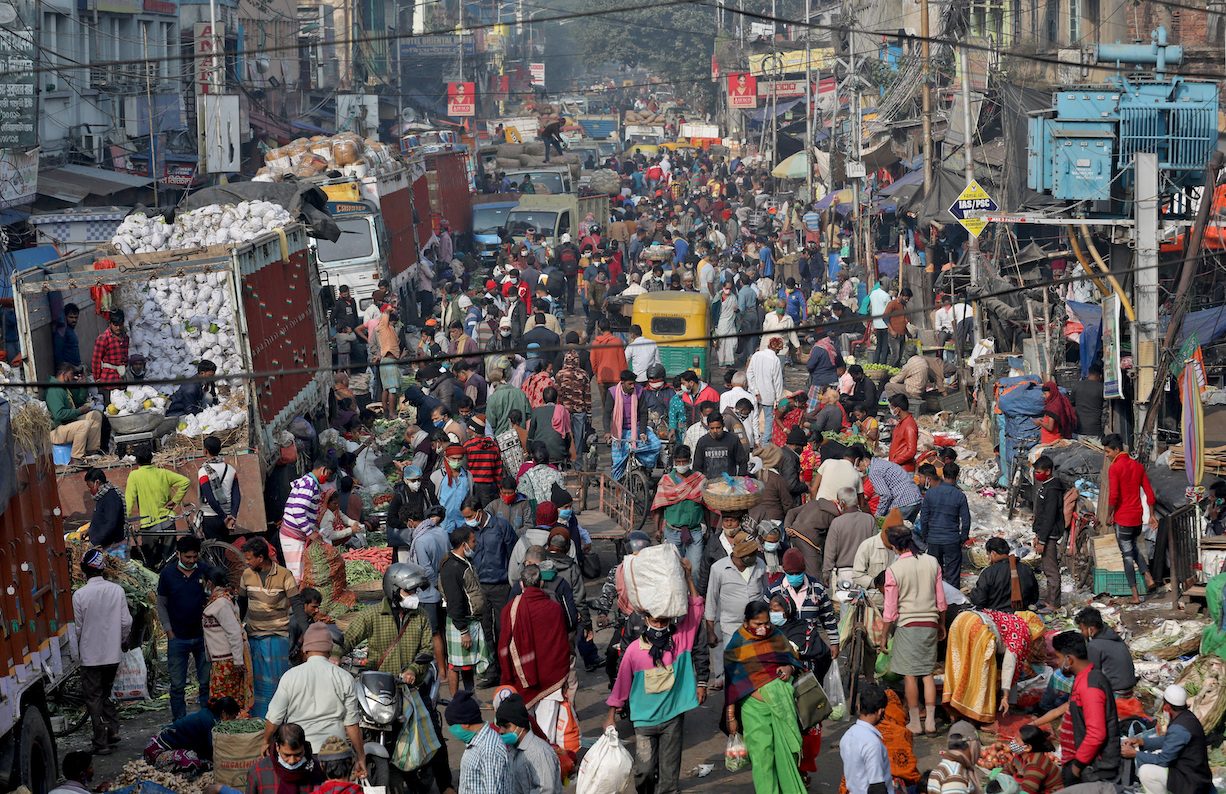
India’s Continued Dominance in Global Demography According to the United Nations, India is projected to remain the most populous country in the world throughout the 21st century. This demographic prominence holds significant implications not only for India but also for the global landscape. Drivers of Population Growth India’s population growth is primarily driven by: * High birth rates, particularly in rural areas * Relatively youthful population structure * Declining infant mortality rates However, its growth rate is gradually slowing down due to factors such as urbanization, increased education, and access to reproductive healthcare. Economic and Social Impacts India’s large population poses both challenges and opportunities: * Challenges: * Pressure on resources, including food, water, and healthcare * Unemployment and underemployment * Strain on infrastructure and social services * Opportunities: * Large labor force and potential for economic growth * Growing consumer market * Cultural and social diversity Global Implications India’s population dominance has far-reaching consequences for the world: * Demographic Change: India’s growth will contribute to the overall aging of the global population, as its birth rates continue to decline. * Economic Powerhouse: India’s large workforce and expanding market are expected to fuel its economic growth, making it a major player in the global economy. * Geopolitical Influence: As India’s population and economy grow, it will gain increased geopolitical significance and influence on global affairs. Addressing Challenges To harness the opportunities and mitigate the challenges posed by its large population, India has implemented various policies and programs: * Family planning and reproductive healthcare initiatives * Education and skill development programs * Urbanization and infrastructure development * Economic reforms to create jobs and promote growth India’s continued status as the most populous country in the 21st century requires thoughtful planning, investment in human capital, and sustainable development strategies. By addressing the challenges and seizing the opportunities presented by its demographic advantage, India can secure a prosperous and stable future for its citizens and contribute to global well-being.India Projected to Maintain Population Dominance in 21st Century The United Nations has released a report forecasting India’s continued dominance as the world’s most populous nation throughout the 21st century. The report predicts that India’s population will surpass that of China by 2027 and is expected to reach 1.68 billion by 2050. This projection is attributed to India’s younger population and higher fertility rates compared to China. While China’s population has begun to decline due to its strict one-child policy, India’s population continues to grow, albeit at a slower pace than in the past. The UN report highlights the challenges and opportunities that come with a rapidly growing population. It emphasizes the need for India to invest in education, healthcare, and infrastructure to cater to the needs of its expanding workforce. Experts believe that India’s large population could fuel economic growth and boost consumer demand. However, managing the challenges of urbanization, unemployment, and resource scarcity will be crucial for harnessing the full potential of India’s population growth. Overall, the UN’s projection underscores the importance of population planning and policies that promote sustainable growth and development in India.
India’s Continued Dominance in Global Demography
Related Posts
Kate Hudson Recreated Her Iconic How to Lose a Guy in 10 Days Scene During the World Series, and I Can’t Ignore the Fans’ Reaction to It
Kate Hudson isn’t just an award-winning one actress with famous parents; she is also a huge baseball fan. So it’s no surprise that she attended this year’s World Series to…
Software Catalog Unveils Array of Cutting-Edge Solutions for Enterprise Transformation
Software Catalog Unveils Array of Cutting-Edge Solutions for Enterprise TransformationSoftware Catalog Unveils Array of Cutting-Edge Solutions for Enterprise Transformation Technology is rapidly reshaping the business landscape, making it imperative for…